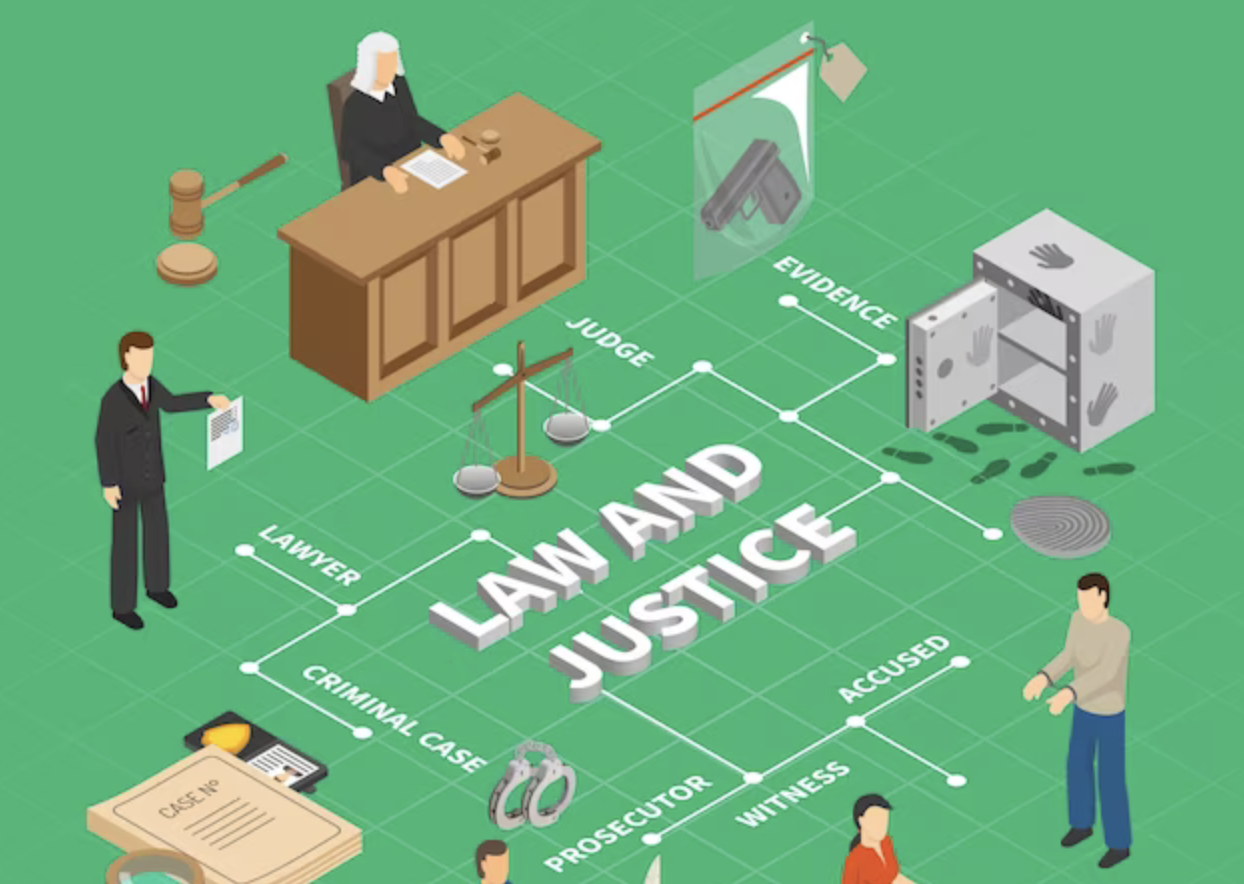The legal landscape can be intricate and complex. A significant part of this landscape is knowing what is a criminal case. Learn the definition of a criminal case, its initiation and its stage. Also, the roles of the involved parties, and the difference between a criminal and civil case.
What is a Criminal Case?
A criminal case is a legal proceeding initiated by a governing body, such as the state or federal government, against an individual or entity accused of committing a crime. This case is instituted to prosecute and penalize those who violate the law, ensuring public safety and maintaining social order.
The Birth of a Criminal Case
The inception of a criminal case typically begins with a crime. Law enforcement agencies are notified, and they initiate an investigation. The investigation can encompass various actions such as interviewing witnesses, collecting physical evidence, identifying suspects and, if necessary, making arrests.
If a crime is committed within a police officer’s presence, an arrest can be made on the spot, without a warrant. In situations where an arrest warrant is required, law enforcement officers submit a request to the District Attorney’s Office. This request suggesting potential charges to be authorized.
The Role of the Prosecutor
The prosecutor, also known as the U.S. Attorney in federal cases, plays a pivotal role in a criminal case.
Representing the government, the prosecutor reviews all reports, records, and witness statements concerning the case. This to decide whether a person should be charged with a crime and, if so, what the crime should be.
The prosecutor also represents the United States in most court proceedings, including all criminal prosecutions. The prosecutor must provide evidence to convince the jury of the defendant’s guilt in a criminal trial.
The standard of proof in a criminal trial places a much greater burden on the prosecutor than the plaintiff in a civil trial.
The Grand Jury Review
After the prosecutor decides on the charges, a grand jury reviews the evidence presented by the U.S. Attorney. The grand jury decides whether the evidence is sufficient to require a defendant to stand trial.
This is an essential part of the criminal case process. One that ensures that there is a reasonable basis for the charges before proceeding to trial.
The Arraignment
Once the prosecutor files charges against the defendant, the defendant is arraigned. At the arraignment, the defendant is informed of the charges against them. They are advised of their constitutional rights, and enters a plea to the charges. The defendant can plead guilty, not guilty, or no contest.
The Trial Process
Following the arraignment, the case may proceed to trial if the defendant pleads not guilty. During the trial, both the prosecution and defense present evidence through witness testimonies.
The jury or judge, in a court trial, then decides if the defendant is guilty or not guilty. If the defendant is found not guilty, they are released, and the case ends. If found guilty, the judge determines the sentence.
Sentencing
Sentencing is the final phase of the criminal case process. The court determines the defendant’s sentence, taking into consideration the U. S. Sentencing Commission guidelines, evidence produced at trial, and relevant information from the pretrial services officer, the U.S. attorney, and the defense attorney.
Criminal Case vs. Civil Case
A key distinction between a criminal case and a civil case lies in who initiates the case. That and the purpose of the case. A criminal case is initiated by the government to punish individuals who break the law. In contrast, a civil case is initiated by an individual or entity seeking to resolve a dispute with another party. This often involving compensation for damages.
A criminal case is a complex legal process with many stages and key players. Understanding this process can provide valuable insights into the workings of the criminal justice system. The definition of a criminal case is fundamental to grasp. It forms the basis for understanding the broader judicial system.

